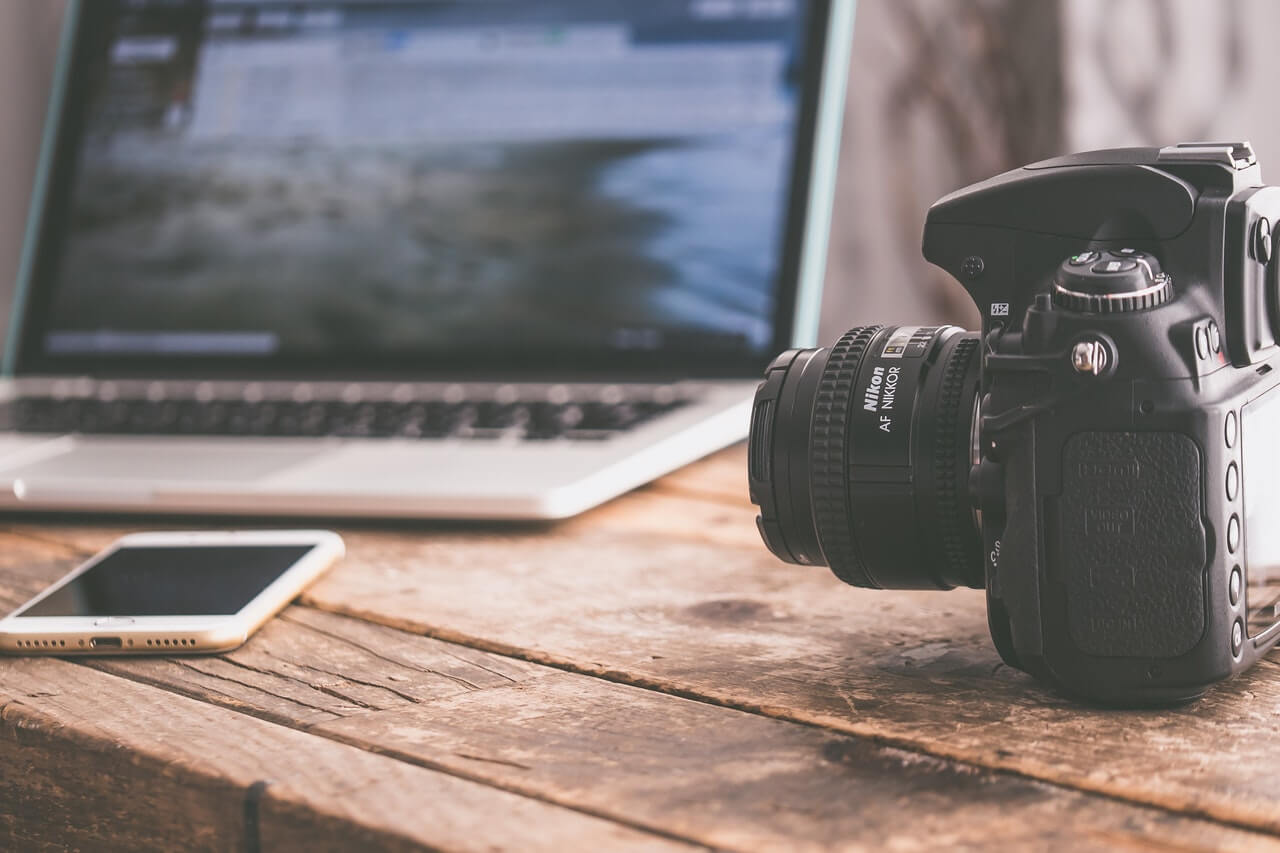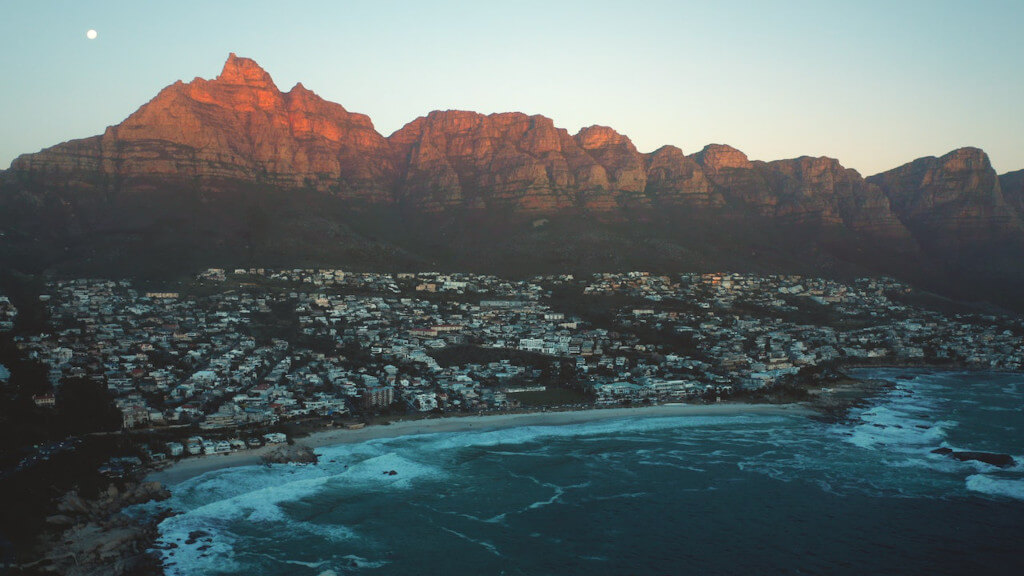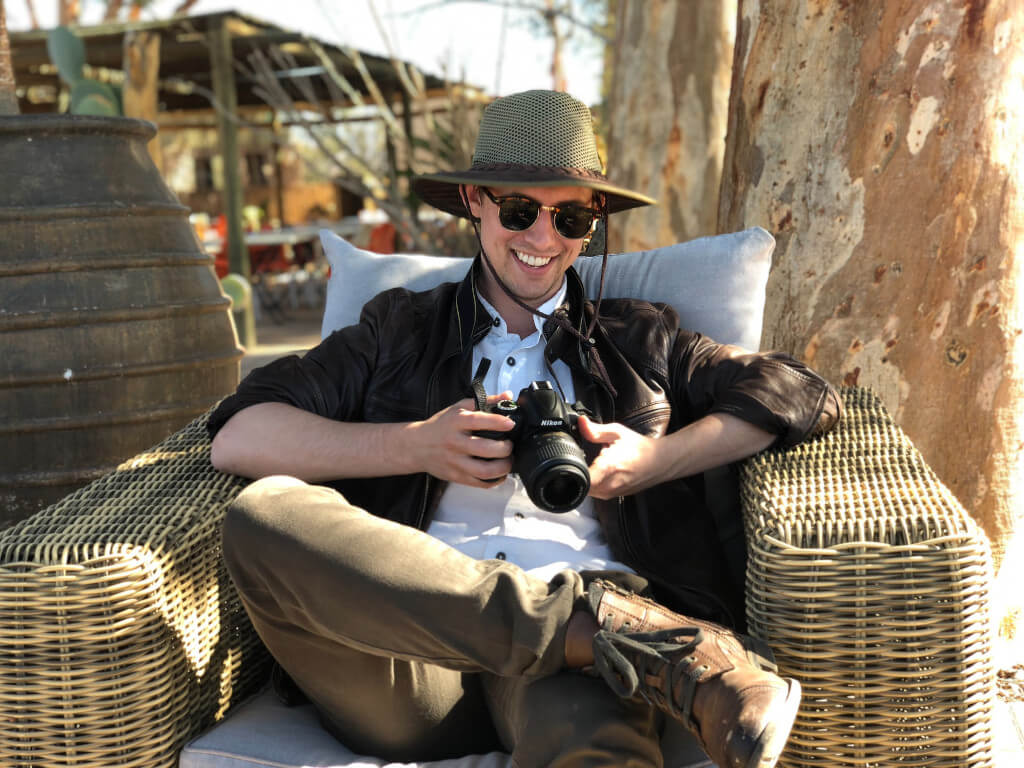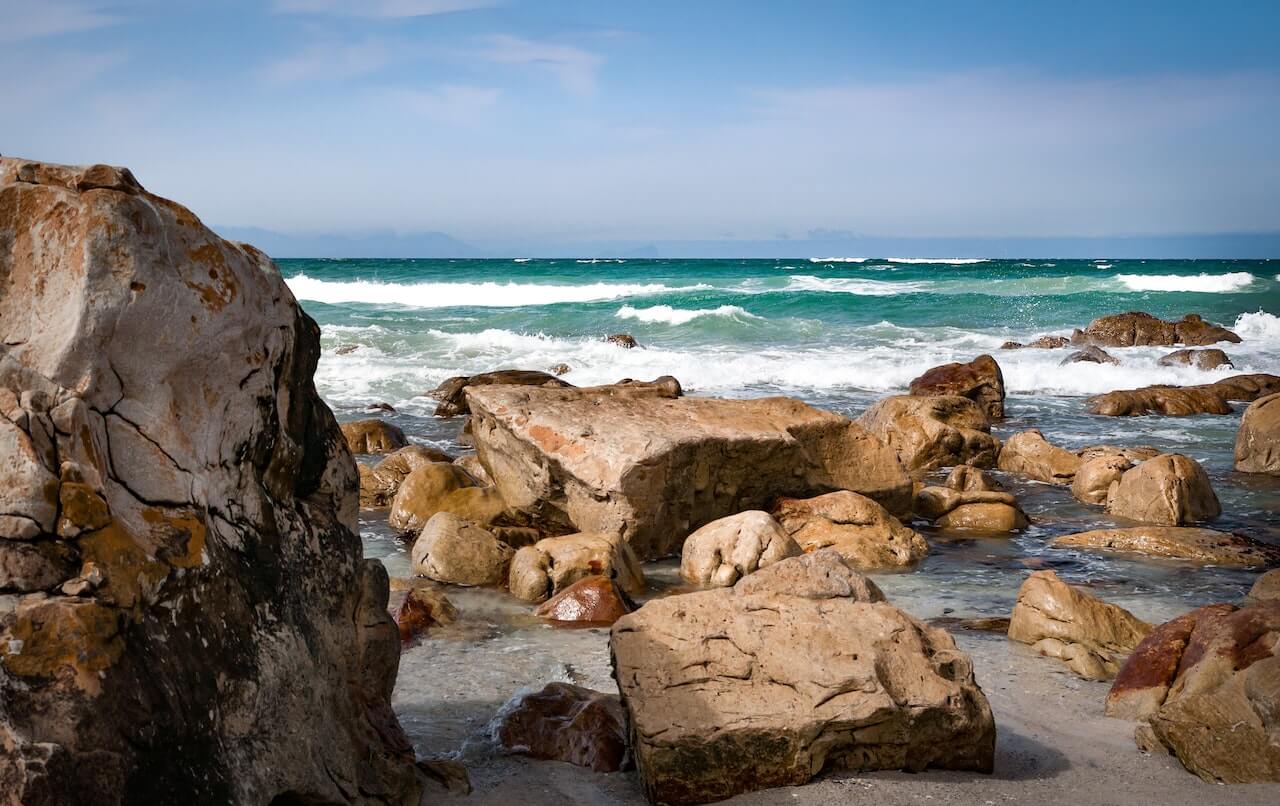Wedding photographers most commonly use three different photographic systems for most wedding photography jobs. The newest or most modern of the three is the digital format and the most traditional format of the three is the thirty-five-millimetre format. The third is called the medium format. It is best that you familiarize yourself with all three of these formats so that you know which format is desirable for your wedding and thus which wedding photographer is best suited to your needs.
The so-called medium format has traditionally been the most popular choice for wedding photography. This is really because the medium format actually uses a much great film surface than traditional 350mm film does, about three times the size in fact. What this boils down is a film format that is capable of far higher resolution which in turn means higher quality enlargements and so on. The downside to using this particular format is very high expenses in both types of equipment as well as film processing.
The 35mm format is probably the most commonly known format and was for many years the dominant format not just for wedding photography but for many other commercial and private photographic purposes. in the earlier years 35mm photography enlargements were discouraged due to their low-resolution quality.
Today 35mm film stock is much higher in terms of resolution quality and produces acceptable enlargements.
The newest addition to the wedding photographer’s arsenal is the digital format. At first, when digital cameras were introduced to the more professional market over a decade ago the quality was quite poor. Digital is measured in megapixels and the higher the number the better the photographic or image quality will be. The earliest digital cameras only produced around four or five megapixels but today’s cameras far exceed this number.
According to Stephany Burger from YLO Productions stills and wedding photography go-to cameras include the Nikon D850, Canon EOS 5D Mark IV, Sony A7 III, Canon EOS 6D Mark II, Fujifilm X-T30, Canon EOS R6, Fujifilm X-T4 and the Sony A7R IV.




